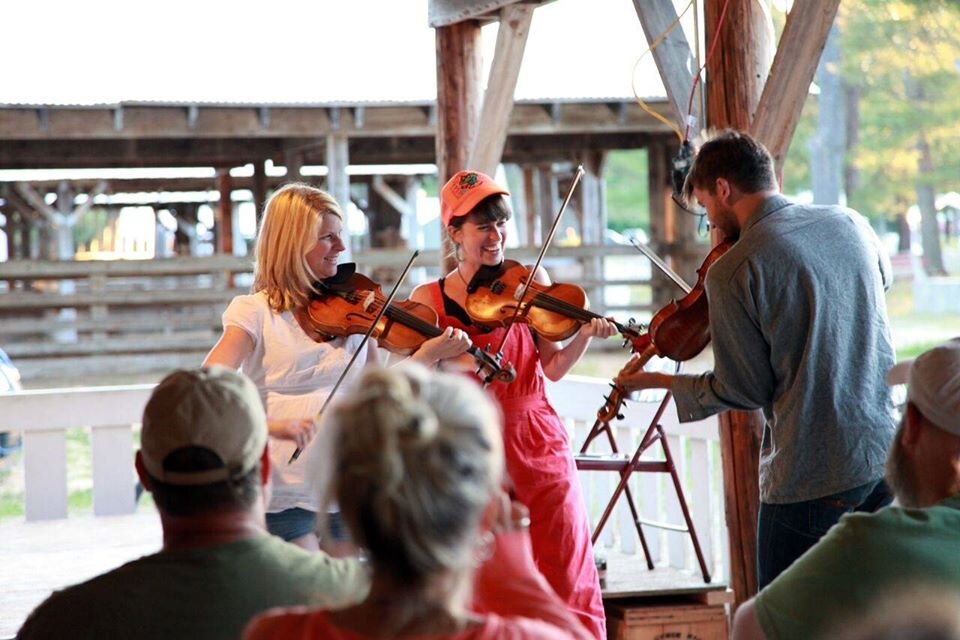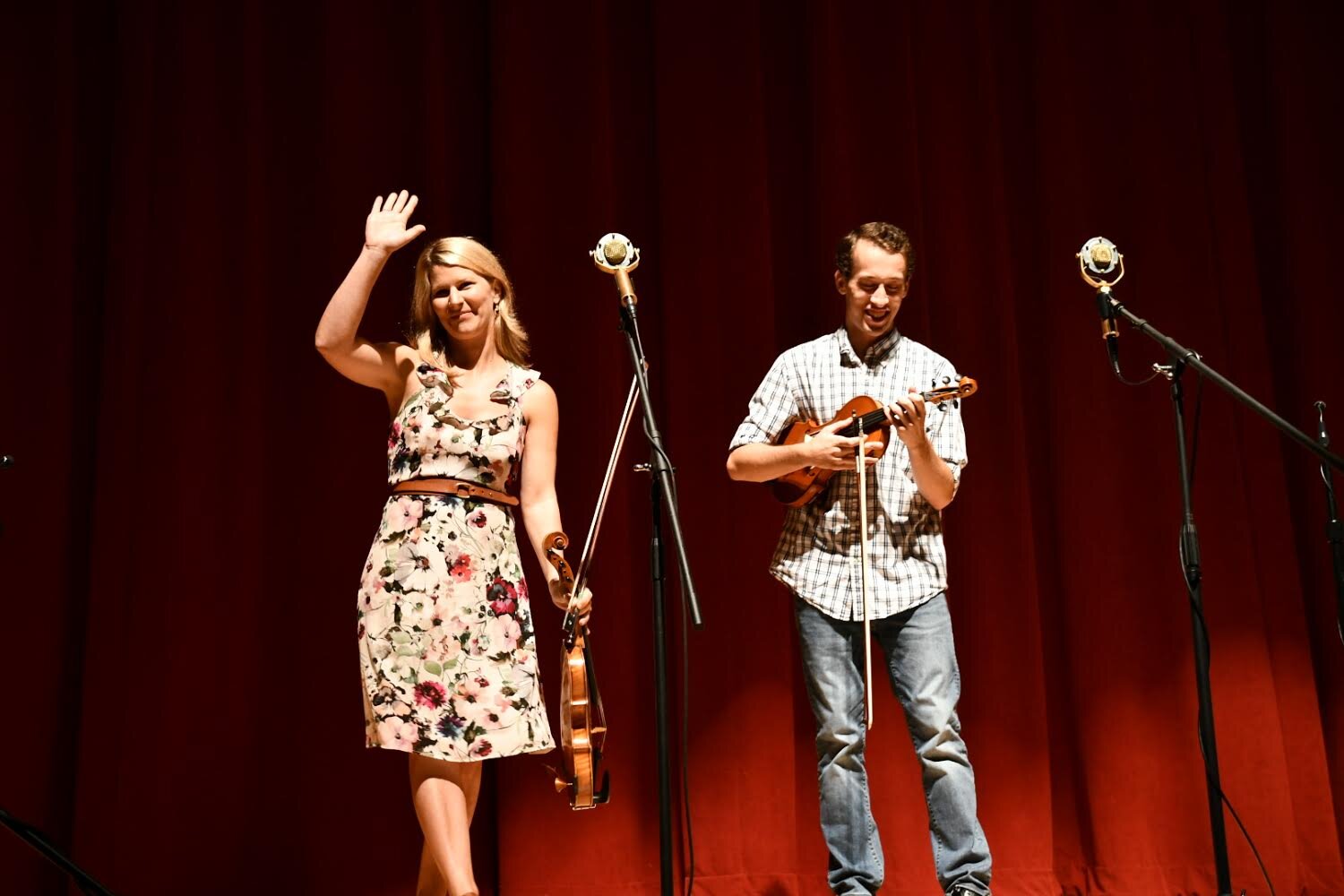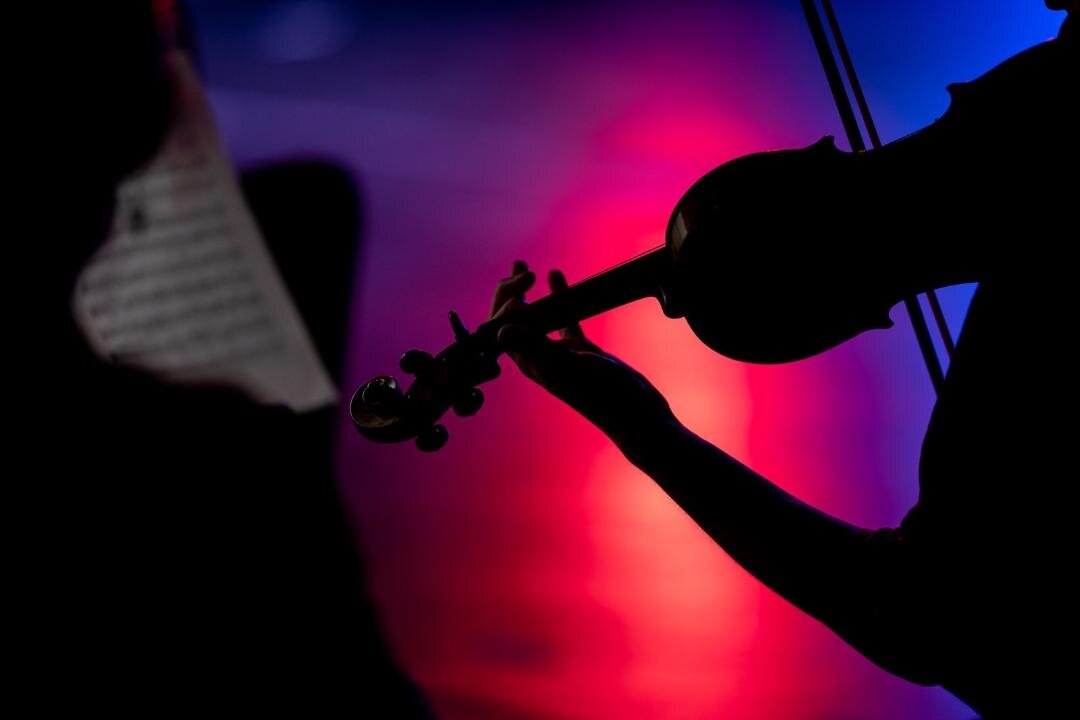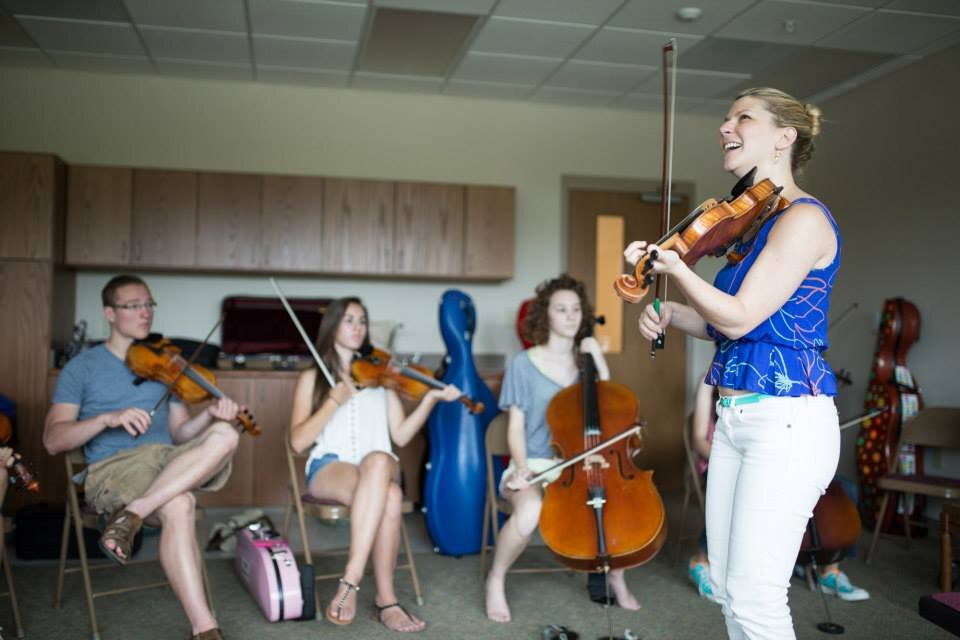Welcome to the JamWithLauren Blog
Many of these articles are inspired by questions from our JWL students. If you can’t find a post that digs into the issues that are plaguing you, consider signing up for lessons with Lauren. When you sign up you will gain access to her amazing curriculum and be able to ask Lauren questions. Who knows, maybe your question will inspire the next post!

How To Create a Three Part Harmony
I have always looooved the sound of three-part harmonies - for voices and instruments. As a younger player who didn’t grow up learning harmony parts, I always wondered how other musicians could figure them out on the fly. Did they just know how the parts sounded and used their ears? Were there ‘rules’ that I just didn’t know about? Some of the time I could figure out a bit of a harmony part - if I lucked out that the third above or below the melody was also a chord tone, but I inevitably would get stuck and not know how to ‘fix’ it. Or all the notes would be ‘correct’ and yet all the parts wouldn’t blend together. So if this scenario sounds familiar to you, I’m here to help give a little guidance on how to figure out the tenor and baritone parts to complement your melody.

How To Know When to Move to the Next Tune
One of the most common decisions I make as a teacher is when a student should move on to new repertoire. When one of my JamWithLauren subscribers asked me how he’ll know when he’s ready to set one tune aside and start working on another, I thought it might be helpful to outline some general guidelines and share them.

How-To Prevent Music Related Injury: Small Muscle Athlete Edition
We rely on our body to respond with speed, precision, flexibility, and consistency. We train, practice, study, repeat - until we’ve perfected a technique to such a degree that we simply can’t get it wrong. We ask our bodies to execute any kind of acrobatic episode, from up-bow staccato, to triple-tonguing, to playing the upright bass (which is an athletic event all on its own).
But no one warns you about this side of musicianship - the physicality of musical instruments is rarely taken into account, let alone recognized by non-musician folk.

Figuring Out the Key: A How To for All Musicians
When I lead workshops and jams at fiddle camps, one of the most commonly asked questions is some variant of, “How do I know what key I’m in?”
This question often happens when someone has learned a fiddle tune melody and might be trying to figure out the chords, or just tell their guitar playing friend what the key is so the friend can have a go at it.

5 Ways to Jam Without a Partner
We might have just experienced a move, a change in employment and schedules, you can’t make the weekly jam at a local dive bar, or you live in a place where you don’t know anyone to jam with. In the meantime, I’ve put together some ideas on how you can simulate a jam all by your lonesome.
Let’s be honest, we’re never alone if we have our instruments.

How To Practice Your Fiddle Efficiently and Effectively
What should you practice?
It’s kind of a silly question, but it’s the most important. I mean, there are SO. MANY. THINGS. You could practice; new material, old material, technical facility, foundational building blocks like scales and arpeggios, improvising, composing, arranging, the list is endless.

A Pep Talk, Peppered with Fiddle Practice Tips
Why did you choose the Fiddle?
I’m sure all of you have a story- maybe your parents picked the instrument and it stuck, or your child abandoned it and you decided to give it a try, or you heard someone play around a campfire or on stage. But often all these stories can be boiled down to this: you love the sound of the instrument, and the feeling you get when you make the sound.
